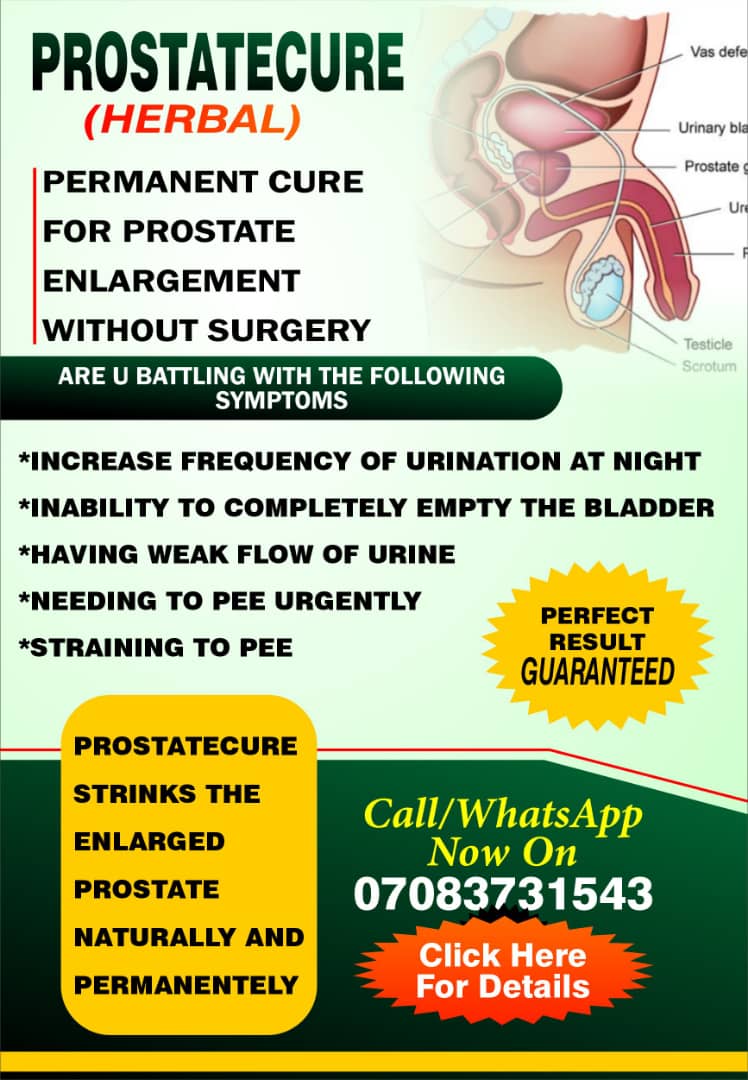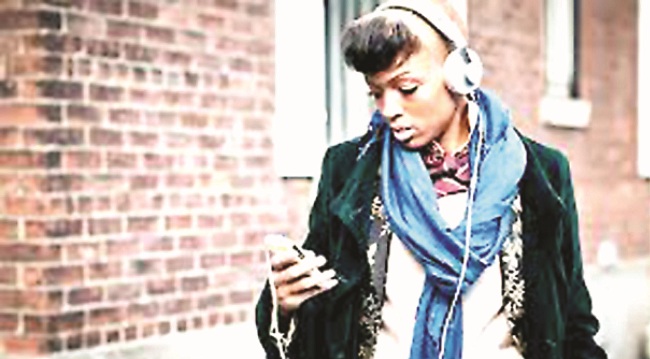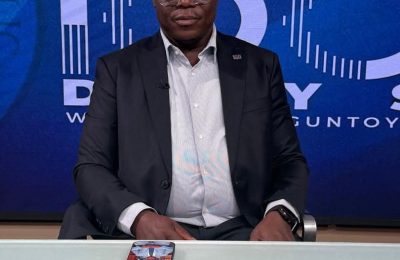
By Mofijesusewa Lydia Samuel
According to Karsten Kjems, a contributor for the Neuromarketing Science and Business Association, “Sound and music affect us in three ways: the way we feel, the way we think, and the way we act.”

Taking it up a notch, a study conducted by Dr. Adrian North and Dr. David Hargreaves reports that brands with music that fits their brand identity are 96 percent more likely to be recalled than those with unfitting music or no music at all. “We do not remember noise and boring musical experiences; only bold, meaningful and emotionally engaging music”, they reveal.
Using the trendiest sounds — be it pop, afro beats, hip-hop or RnB — influences brand recall and affinity. Music can be a channel for consumer engagement beyond simply being a jingle or in the background of an advertisement. Thus, by using relevant music as a part of atmospherics in a space, brands can increase physical consumer engagements. A 2011 study from Knöferle et al found that you can fine-tune the background music of a store — and optimise it for increased sales — by paying attention to the modes of the songs you’re playing in addition to the tempos. Put in simpler examples, banks set the tone for quietness by playing slow and soulful music at the entrance, supermarkets play popular music on a low volume, and trendy spots play the latest jams.
Whether or not people are paying attention, music has for many years been used to engage consumers. The largest stores play music to keep customers in the store longer and possibly spend more money. In his landmark 1982 paper, ‘Using Background Music to Affect the Behavior of Supermarket Shoppers’, Professor Ronald E. Milliman revealed that the tempo of a store’s background music can influence both the pace of customer traffic flow (i.e., how fast people walk through the store) as well as sales volume. He found that, on average, sales volume was 38 per cent higher on days when stores played slow background music.
In recent times, and thanks to technology, brands can use music in many ways to increase customer engagement. They can use music in advertising like the popular GTBank ‘737’ song, the Mimme noodles ‘boom sha sha’ song, or the Indomie ‘Mama do good’ song. It can also be used as part of atmospherics to create ambiences in physical stores, either encouraging or dissuading more time in the store and, in return, increasing or decreasing overall sales.
Now, with apps like Spotify, Apple Music, Boomplay, and the rest, brands can take music and consumer engagement a notch higher. Product Manager Tasneem Hoda explains how to use Spotify playlists to design consumer experience, even when your brand isn’t musically inclined. She noted that “brands need to empathise with consumers, understand how they interact with music daily, and then identify how they could coalesce their product touchpoints into those user experiences while fulfilling an unsaid need.”
Tasneem further notes the significance of using playlists to highlight your brand’s pop-culture relevance. An example is GTBank’s ‘737’ song which was used to grow popularity within a younger audience among the University of Lagos (UNILAG) students in 2017. Brands can also use their playlists to support a purpose. For example, a brand like MultiChoice could create a Spotify/Apple Music account and a playlist for election day. These playlists could sway audience content interest, encouraging Nigerian viewers, for example, to take a temporary break from BBTitans and go out to perform their civic duties of voting. Or, the brand could simply create a playlist with theme songs of their biggest shows.
Brands can also use pop music as a channel for consumer engagement by supporting musical festivals. H&M sponsored Coachella for years, designing a boho-inspired fashion line catered for festival-goers and the “H&M Loves Coachella” festival collection. The 2013 Nielsen music report shows that 76 per cent of festival attendees feel more favourable towards brands that sponsor a tour or concert, and 51 per cent of all consumers feel that way.
Finally, brands can engage consumers with pop music through social media, which has been encouraging videos as the most dominant form to reach target audiences in recent times. TikTok is gradually blurring the barriers of video content creation, Instagram is loudly pushing its reel feature while Twitter now allows users to publish multiple videos at once. According to the New York Times, humans have an attention span of 8 seconds, and younger generations, particularly Gen Z, have shorter attention spans. One pivotal way to capture attention in under 3 seconds is to use trending sounds or pop music your target audience can easily connect with.
However you decide to use music in general, or pop music in particular, as a channel for consumer engagement, you must consider your target audience’s taste. Understanding their personalities and traits will enable brands to best use music to catch consumers’ attention. If done right, it’s easily one of the most effective ways to create consumer engagement.
Mofijesusewa Lydia Samuel is a PR and Communications Adviser at ID Africa.








